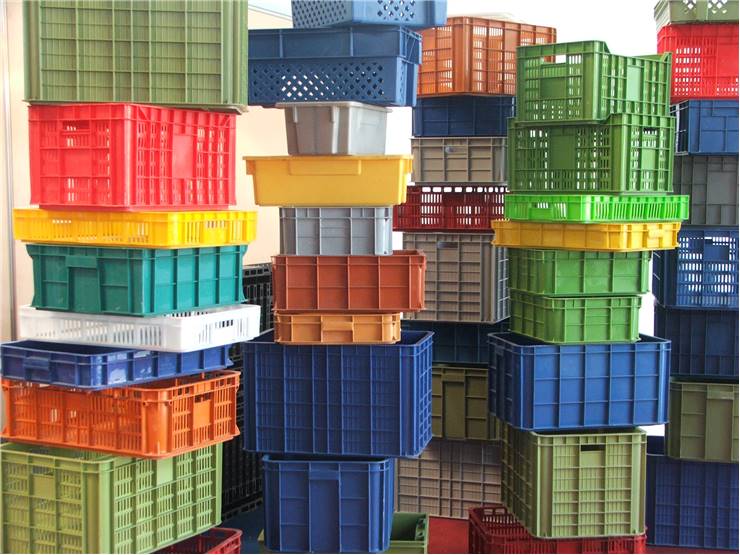History of Plastics
History of plastic started in the mid-1800 when chemist all round the world started experimenting with rubber, striving to eliminate natural ingredients from its recipe (natural latex) and wanting to make it fully synthetic product that can be mass produced all around the world. This exciting period of time soon gave birth to the first plastic compounds, which after decades of perfection finally entered mass production in early years of 20th century.
Since the dawn of modern humanity, people of many civilizations used natural rubber as a means of protecting their equipment and items from water and other natural elements, as well as building blocks of many useful articles. This natural rubber (mixture of organic compounds such as latex and water) was gathered from rubber producing plants, and therefore its production was greatly limited by natural resources. To combat this problem, many scientists started working on fully synthetic alternatives. With the help of the chemist who identified that building block of rubber were polymers, the first man—made plastic was ready to be produced.

First man who managed to produce plastic in a laboratory was Alexander Parkes (1813 - 1890), metallurgist and inventor from England. He spent his entire life working on various techniques of rubberizing items, and in 1950 he finally managed to combine organic material found in cellulose and other substances to form first man-made plastic called Parkesine. He immediately saw that plastic has much better abilities than rubber –it could be industrially produced in large quantities, easily molded when hot, sturdy and durable when cooled. Even though he did not manage to become rich man from his invention (his large scale manufacturing business failed after few short years of work, mostly because high price of plastic and imperfect recipe which caused Parkesine to easily break and be flammable), but his exploits served managed to introduce plastic to the general population and scientists in both Europe and North America.
First notable successor of Parkesine was John Wesley Hyatt‘s Cellulloid plastic, which was derived from cellulose and alcoholized camphor. In the beginning, celluloid was used as a substitute for ivory-made billiard balls in late 1860s, but they quickly went out of the style after initial recipe proved to be very flammable. This setback did not cause destruction of celluloid business because by late 1800s it became foundation and building block of movie and photography industry.
With plastic being mostly used only for specific purposes (film and photography), first years of 20th century finally brought an age of plastic that we know today with the introduction of Cellophane and first fully synthetic plastic compound called Bakelite. Created by the famous inventor Leo Baekeland (born and raised in Belgium, and then moved to United States in 1890s where he remained for the rest of his life), the compound he named Bakelite enabled for the first time true revolution of plastic and the birth of the modern plastic industry. With superior features, durability and ease to use, Bakelite soon found its way into thousands upon thousands of products in Europe and North America (from jewelry, to common items, construction, scientific instruments, packaging, automobiles and airplanes). After Bakelite, new and improved plastic products started appearing in regular schedule (Catalin, Plexiglas, Teflon, Nylon, etc.). The era of Bakelite finally ended after the end of WWII when chemist produced much more stable and durable plastic compounds (most notably ABS, Styrofoam and Lexan), which remained in use even to this day.
In modern society, plastic represents one of the basic building blocks of our industry, construction, common items, transport items, vehicle manufacture and science. No matter where you look you can find at least one plastic item, and because of that, governments all around the world are striving to found solution for plastic waste disposal. Large amount of disposable plastic products (bottles, plastic bags, etc.) are heavily controlled and manufactured in the way that recycling is easier and in some case even biodegradable.
